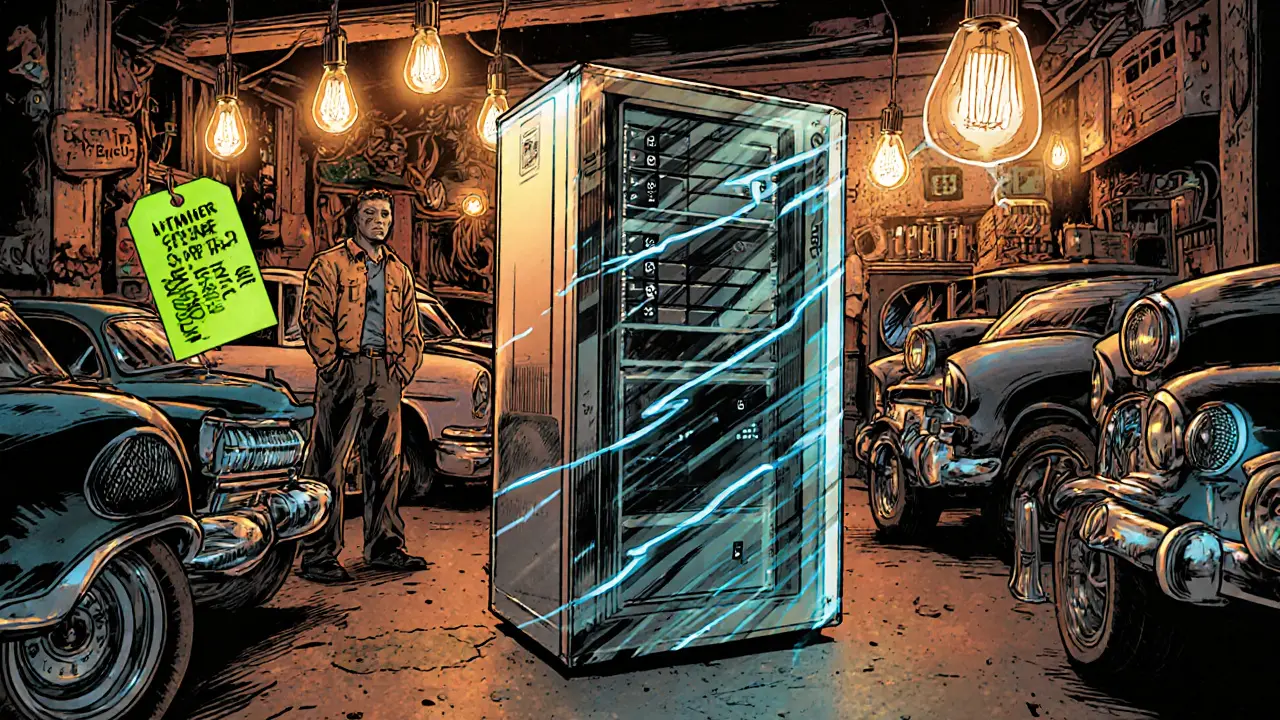Hydro Cooled Miners: Boosting Efficiency and Hash Power
When talking about hydro cooled miners, mining rigs that use liquid (usually water) to remove heat from ASIC chips, allowing them to run at optimal temperatures for longer periods. Also known as water‑cooled mining rigs, they address the biggest pain point in crypto mining: heat management.
Why Hydro Cooling Matters for Modern Mining
Hash rate, the total computational power a miner contributes to the network, measured in terahashes per second (TH/s) is the lifeblood of any proof‑of‑work blockchain. Hydro cooled miners keep ASICs cool enough to sustain peak hash rates without throttling. For example, an 110 TH/s S19 XP can stay near 30 W/TH when water‑cooled, compared to 35 W/TH on air‑cooled setups. That extra efficiency translates directly into more hashes per kilowatt‑hour and a better return on investment.
Mining difficulty, the algorithmic target that determines how hard it is to find a valid block, adjusting roughly every two weeks on Bitcoin reacts to the total hash rate fed into the network. When hydro cooled miners keep more machines online and operating at full speed, the network’s total hash power rises predictably, causing difficulty to increase. While higher difficulty might sound negative, it actually secures the blockchain further and keeps block times stable, which benefits all participants.
Energy efficiency is another critical piece of the puzzle. Energy efficiency, the ratio of useful computational work to power consumed, commonly expressed as joules per terahash improves dramatically with liquid cooling. Water absorbs heat far more effectively than air, meaning fans can run slower or be eliminated altogether. This reduces ancillary power draw and lowers overall electricity costs—often the biggest expense for mining farms.
All of these technical gains converge on one headline: hydro cooled miners make Bitcoin mining more sustainable and profitable. Bitcoin, the first and largest proof‑of‑work cryptocurrency, relies on miners to validate transactions and secure the network benefits from any hardware that can deliver more hashes for less heat. By keeping rigs cooler, operators can pack more machines into the same rack space, boost uptime, and reduce the risk of thermal‑related failures.
Beyond pure performance, hydro cooling has a ripple effect on data‑center design. Traditional air‑cooled farms need massive HVAC systems, high‑capacity fans, and often resort to locating in cold climates to curb costs. Water‑cooled setups shrink the required airflow, cut down on noise, and allow farms to operate in warmer regions without sacrificing efficiency. The environmental footprint drops as fewer fans run and less wasted heat is expelled into the atmosphere.
Below you’ll find a curated collection of articles that dig deeper into each of these topics. Whether you want to compare cooling methods, understand how hash rate translates into profitability, or explore the latest advances in liquid‑cooling technology, our posts give you practical insights you can apply right away.






